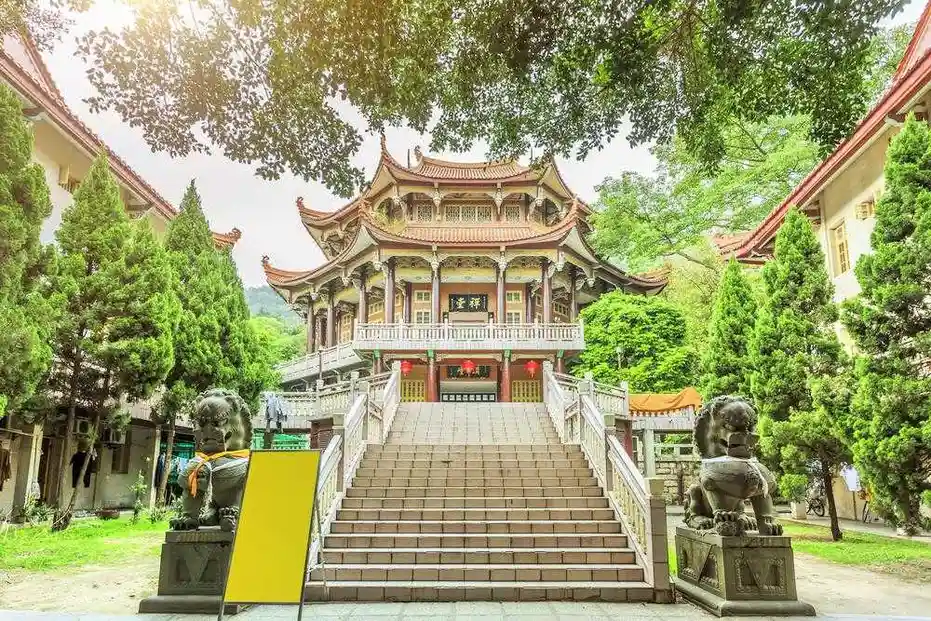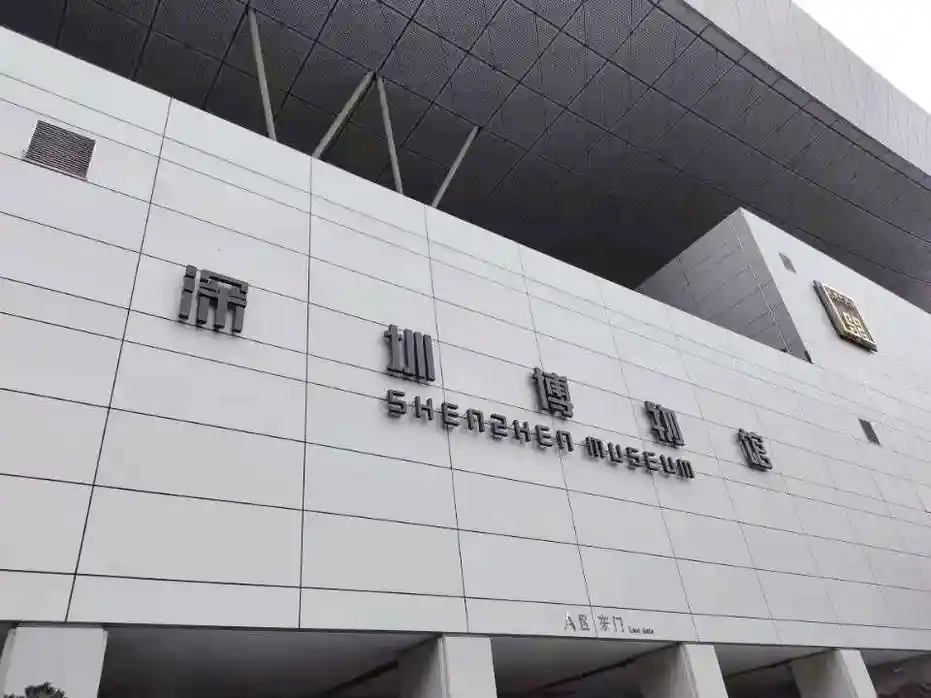Introduction
Nanputuo Temple stands as one of Xiamen’s most iconic spiritual landmarks. Nestled at the foot of Wulao Peak, this ancient Buddhist temple blends history, culture, and natural beauty. For travelers and spiritual seekers alike, it offers a peaceful retreat from the city’s hustle.
This guide explores every aspect of Nanputuo Temple. From its origins to visitor tips, we cover what makes it a must-see destination. Whether you’re planning a pilgrimage or a cultural tour, this article provides valuable insights.
The temple plays a key role in southern Chinese Buddhism. It also serves as a center for Buddhist education. With its stunning architecture and serene surroundings, Nanputuo Temple draws thousands each year.
In this comprehensive overview, we’ll dive into its history, layout, religious significance, and practical visit information. Let’s begin the journey through one of Fujian’s most revered sites.
Ancient Origins and Historical Significance
Nanputuo Temple dates back over 1,000 years. It was first built during the Tang Dynasty (618–907 AD). Originally named “Puguangming Temple,” it served as a modest place of worship.
The temple gained prominence in the Song Dynasty. Monks expanded its halls and deepened its ties to Chan (Zen) Buddhism. Over centuries, wars and natural disasters damaged the structure multiple times.
Rebuilt several times, the current design reflects Qing Dynasty architecture. Major renovations occurred in the 1930s under the guidance of Master Taixu. He helped transform Nanputuo into a modern Buddhist academy.
Today, it remains a living monument to China’s religious resilience. The site symbolizes continuity amid change. Its long history adds depth to every stone and statue.
Architectural Layout and Design Features
The temple complex follows traditional Chinese symmetrical design. It stretches along a central axis, with halls ascending the hillside. Each building serves a specific religious or educational purpose.
Key structures include:
- The Hall of Heavenly Kings
- The Great Buddha Hall
- The Hall of Great Heroes
- The Sutra Library
Roofs feature sweeping eaves with glazed tiles in green and yellow. Dragon motifs and intricate carvings adorn beams and pillars. These elements reflect both Buddhist symbolism and imperial craftsmanship.
Courtyards separate major halls, offering space for quiet reflection. Stone pathways guide visitors through the grounds. The layout encourages a meditative journey upward—both physically and spiritually.
Notable for its blend of function and artistry, the design supports daily monastic life. It also welcomes public visits without disrupting sacred routines.
Spiritual Heart of Southern Chan Buddhism
Nanputuo Temple is a cornerstone of Chan Buddhist practice in southern China. It emphasizes meditation, mindfulness, and scriptural study. Monks follow a strict daily schedule centered on these principles.
The temple hosts regular Dharma talks and retreats. These events attract practitioners from across Asia. Many come to learn under senior monks trained in classical traditions.
One unique feature is its integration of academic study with spiritual training. The affiliated Buddhist Academy offers formal courses. Students live on-site, combining scholarship with monastic discipline.
This dual focus sets Nanputuo apart from purely ceremonial temples. It functions as both a place of worship and a center for intellectual growth. Such balance strengthens its influence in modern Buddhism.
Cultural Events and Religious Festivals
Throughout the year, Nanputuo Temple comes alive with festivals. These events draw locals and tourists in equal measure. They offer a window into living Buddhist traditions.
Major celebrations include:
- Buddha’s Birthday (April)
- Ullambana Festival (July)
- Bodhi Day (December)
During these times, monks perform elaborate rituals. Incense fills the air, and chanting echoes through the halls. Visitors may participate in lantern lighting or vegetarian feasts.
The temple also hosts calligraphy exhibitions and sutra recitation contests. These activities promote cultural preservation. They engage younger generations in Buddhist heritage.
Festivals enhance community spirit. They also boost awareness of Nanputuo’s role beyond religion—as a cultural hub.
Visitor Experience and Tourist Information
A visit to Nanputuo Temple is both calming and enriching. The site is open daily from 8:00 AM to 5:30 PM. Admission is free, though donations are welcome.
Best times to visit:
- Mornings (less crowded)
- Weekdays (avoid weekends)
- Spring and autumn (pleasant weather)
Wear modest clothing out of respect. Shoulders and knees should be covered. Silence is encouraged near prayer areas.
Audio guides and brochures are available in English. Staff and volunteers often assist international guests. Signage throughout the complex includes bilingual labels.
Photography is allowed in most outdoor areas. Flash and tripods may be restricted near altars. Always ask before photographing monks.
Nearby Attractions and How to Get There
Nanputuo Temple is easily accessible from central Xiamen. It sits adjacent to Xiamen University, one of China’s top schools. Many visitors combine a temple tour with a walk through the campus.
Public bus routes 21, 45, and 87 stop nearby. Taxis and ride-sharing apps are reliable options. If staying in Siming District, it’s a 20-minute ride.
Other nearby points of interest:
| Attraction | Distance from Temple |
|---|---|
| Xiamen University | Adjacent |
| Hulishan Fortress | 1.5 km |
| South Putuo Scenic Area | 2 km |
| Zengcuo’an Village | 3 km |
After visiting the temple, many head to the beach or explore local tea houses. The area offers a mix of nature, history, and urban charm.
Preservation Efforts and Environmental Practices
Maintaining a historic site like Nanputuo requires ongoing care. Conservation teams monitor structural integrity regularly. Woodwork, murals, and statues receive expert restoration.
The temple promotes eco-friendly practices. Waste sorting bins are placed throughout the grounds. Plastic use is minimized during events.
Vegetarian meals served on-site use seasonal, locally sourced ingredients. Food waste is composted. Rainwater collection systems support garden irrigation.
Monks lead environmental awareness campaigns. These efforts align with Buddhist teachings on compassion for all life. Sustainability is seen not just as duty—but as devotion.
Conclusion: Why Nanputuo Temple Matters Today
Nanputuo Temple is more than a tourist spot. It is a living center of faith, learning, and culture. Its endurance through centuries speaks to its deep roots in Chinese society.
For visitors, it offers peace, beauty, and insight. For practitioners, it remains a sanctuary for spiritual growth. The temple bridges past and present with grace.
We recommend planning your visit thoughtfully. Arrive early, dress respectfully, and take time to absorb the atmosphere. Consider attending a morning chant session for a deeper experience.
As global interest in mindfulness grows, Nanputuo Temple stands as a beacon. It invites all—believers and non-believers alike—to pause, reflect, and reconnect.
Whether drawn by history, architecture, or inner peace, your journey to Nanputuo will leave a lasting impression.



